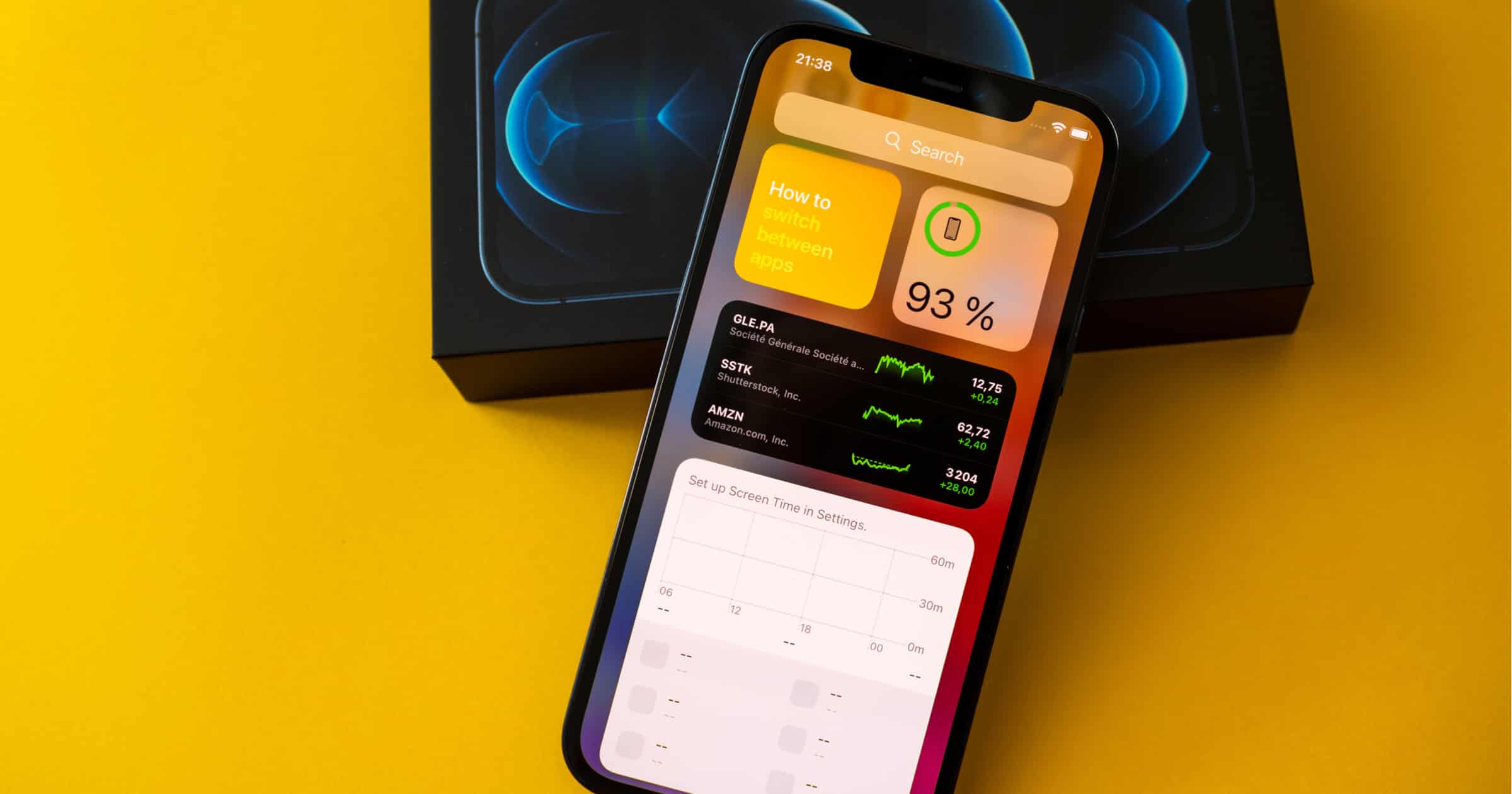In early August 2021, Samsung unveiled a new foldable Galaxy phone. Some of the technology they are using within that device, notably new OLED display technology, could be exactly what the iPhone needs. Since the new technology is both foldable and offers some increased power consumption efficiency, this technology could help bring us either a foldable iPhone or an iPhone without the notch.
Innovative Technology That Integrates the Polarizer Layer
Usually, a phone display needs an external polarizer layer on top. The polarizer layer reduces glare, while also increasing contrast. It also helps improve visibility. This polarizer layer is a dark layer of film on top of the display panel. This usually makes your device require more light and power, because it reduces the transmittance rate by more than 50 percent.
With Samsung Display’s Eco Square OLED, there is no longer a need for the extra layer. The polarizer technology is built into the display itself, which both reduces power consumption and makes the device more eco-friendly. Samsung’s internal testing has shown that the transmittance rate of the new display is improved by 33 percent, even as the device consumes up to 25 percent less power compared to previous versions using a traditional polarizing layer.
In a nutshell, the new technology lowers power consumption while also improving on the panel design. Something that’s been the industry norm for years, is no longer necessary. This means we get brighter displays, less power consumption, and overall a better experience.
But Wait, There’s More!
Even though the new integrated polarization layer is groundbreaking enough, the new Samsung display OLED for mobile devices adds even more innovation. First of all, it is foldable. That’s why it has been incorporated into the Samsung Galaxy Z Fold3 5G, announced last week.
Another benefit of the new design is that it allows for a new under panel camera. This is the first under panel camera on foldable mobile device, allowing for a seamless display that eliminates the distracting camera notches and bezels that we all find so irritating.
So, even if the next iPhone isn’t a foldable device, wouldn’t it be nice not to have that camera notch? With this latest under panel camera technology, we can actually have that.
Could We Really Have a Samsung OLED Display in an iPhone?
Yes, actually. In fact, you may already have one. Apple has been known to rely on Samsung for components for the iPhone in the past. The division that manufactures and markets Samsung devices is highly competitive, but other parts of the Korean tech firm lead the pack in supplying components for others.
In fact, the displays used in higher-end iPhone 12 Pro and Pro Max models are Samsung Display panels. Likewise, the iPhone 12 mini models use Samsung Display panels. The standard 6.1-inch iPhone 12 uses display panels made by LG.
It definitely isn’t outside the realm of possibility for this new Eco Square display technology to make its way into the next iPhone. At least, we can hope.

Great article. Thanks Jeff!